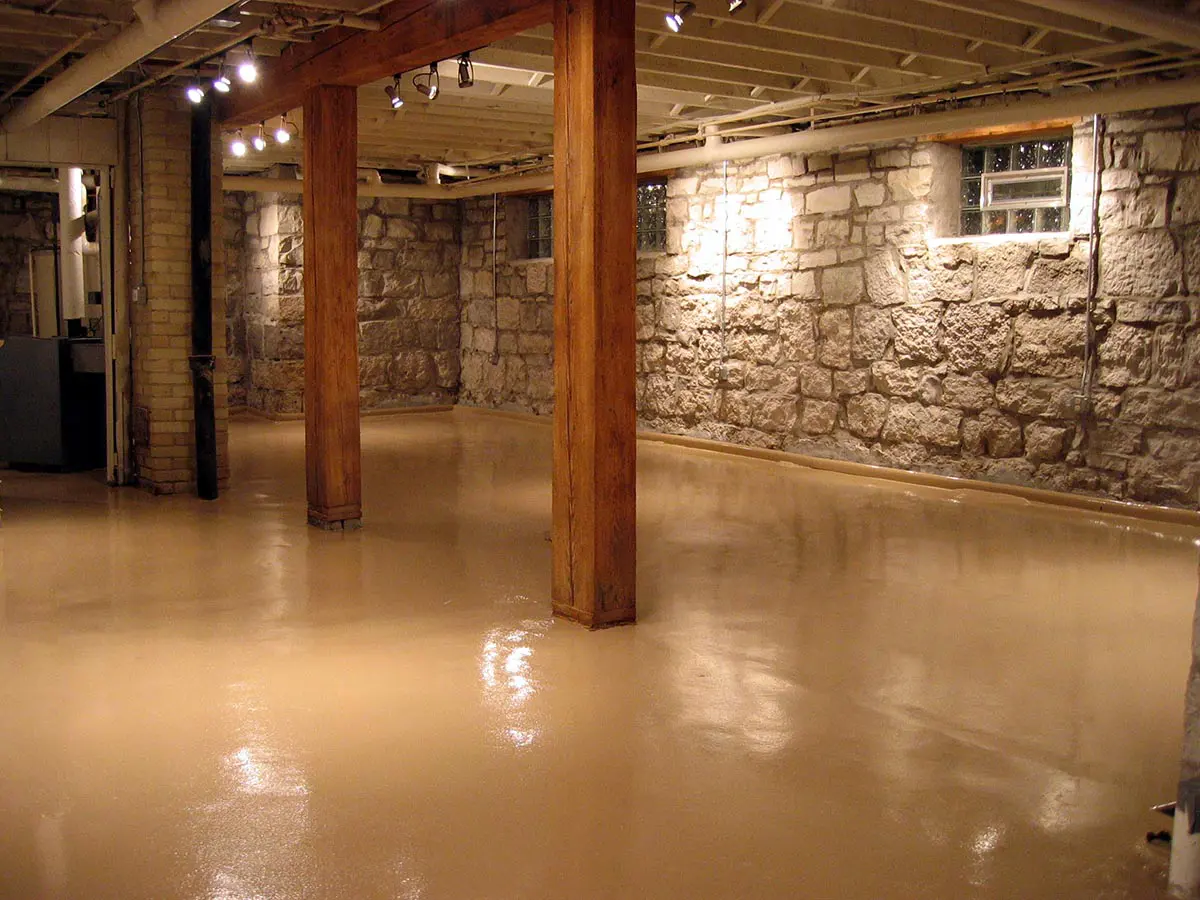Concrete surfaces are built to last, but they’re not maintenance-free. Over time, even sealed concrete begins to show signs of wear. Ignoring those signs can lead to bigger problems like water damage, cracking, or costly resurfacing.
If your driveway, basement, or patio sees regular use, here’s how to tell when it’s time to reseal.
1. Dull or Faded Appearance
Freshly sealed concrete has a slight sheen, whether it’s a glossy or matte finish. That finish not only looks clean but also acts as a barrier. If your concrete looks dull, chalky, or uneven in color, that surface protection has likely worn away. High-traffic areas, such as garage entries or grill zones on patios, tend to fade faster.
2. Water No Longer Beads on the Surface
Try the water test: Pour a small amount of water on the surface. If it soaks in rather than forming beads, the sealer has broken down. Concrete is porous, and without a sealer, moisture will penetrate and cause cracks, discoloration, or even mold growth in basements.
3. Cracks and Surface Flaking
Sealing doesn’t stop all cracks, but it does help reduce moisture and chemical absorption which are two major causes of surface degradation. Flaking (also called spalling) shows that freeze-thaw cycles, deicers, or water intrusion have started damaging the concrete. If you spot pitting, cracking, or surface loss, it’s time to act.
4. Stains That Won’t Lift
Unsealed or worn concrete absorbs spills quickly. Stubborn stains from oil, leaves, or rust that resist power washing are a clear sign the protective layer is gone. Resealing helps prevent future staining and keeps surfaces easier to clean.
5. Efflorescence or White Powder
A white, chalky powder on your basement or patio floor usually signals that water is moving through the slab and bringing salts to the surface. This happens more often when the concrete is no longer sealed properly. More than just a simple cosmetic issue, it actually points to a larger moisture problem.
6. More Than 2–3 Years Since Last Sealing
Most concrete sealers last between 2–5 years depending on the type and the conditions. Outdoor surfaces in sunny or snowy climates wear down faster. If it’s been a few seasons since your last sealing, and you’re unsure how well it’s holding up, now is a good time to schedule an evaluation.
What to Do Next
Whether you use your patio for grilling, your basement for storage, or your driveway as a daily entry point, resealing keeps those surfaces protected and looking their best. GatorGuard can inspect your existing concrete, assess its condition, and recommend the best solution based on how you use your space. Book your free consultation today and get expert recommendations that match your floor’s needs before minor wear turns into major repairs!
Frequently Asked Questions About Concrete Resealing
How long does it take to reseal a concrete surface?
GatorGuard’s multi-day installation process gives each layer of epoxy or sealer the proper time to cure. This method builds a stronger bond and better long-term durability compared to rushed, one-day coatings, which often lead to early failure and delamination.
Can I reseal concrete myself?
DIY kits might seem convenient, but results rarely compare to professional work. Surface preparation, material quality, and application technique make a big difference. Inexperienced application can trap moisture, cause uneven finishes, or shorten the life of the coating.
Does resealing fix cracks or pitting?
Not on its own. Sealing helps prevent moisture from worsening the damage, but any existing cracks or spalled areas should be repaired first. Our team prepares the surface with grinding and patching techniques before sealing or coating to create a smooth, even finish.
Will resealing change the color of my concrete?
Some sealers deepen the tone slightly or add a glossy look. Others are designed to be invisible once applied. During a consultation, we walk through your options based on the look you want and how you plan to use the space.
How do I know what kind of sealer was used last time?
If you’re unsure, our technicians can inspect the surface and test for compatibility. Applying the wrong product over a previous sealer can lead to peeling, hazing, or other failures, so this step is critical before any resealing happens.
Share this Post


